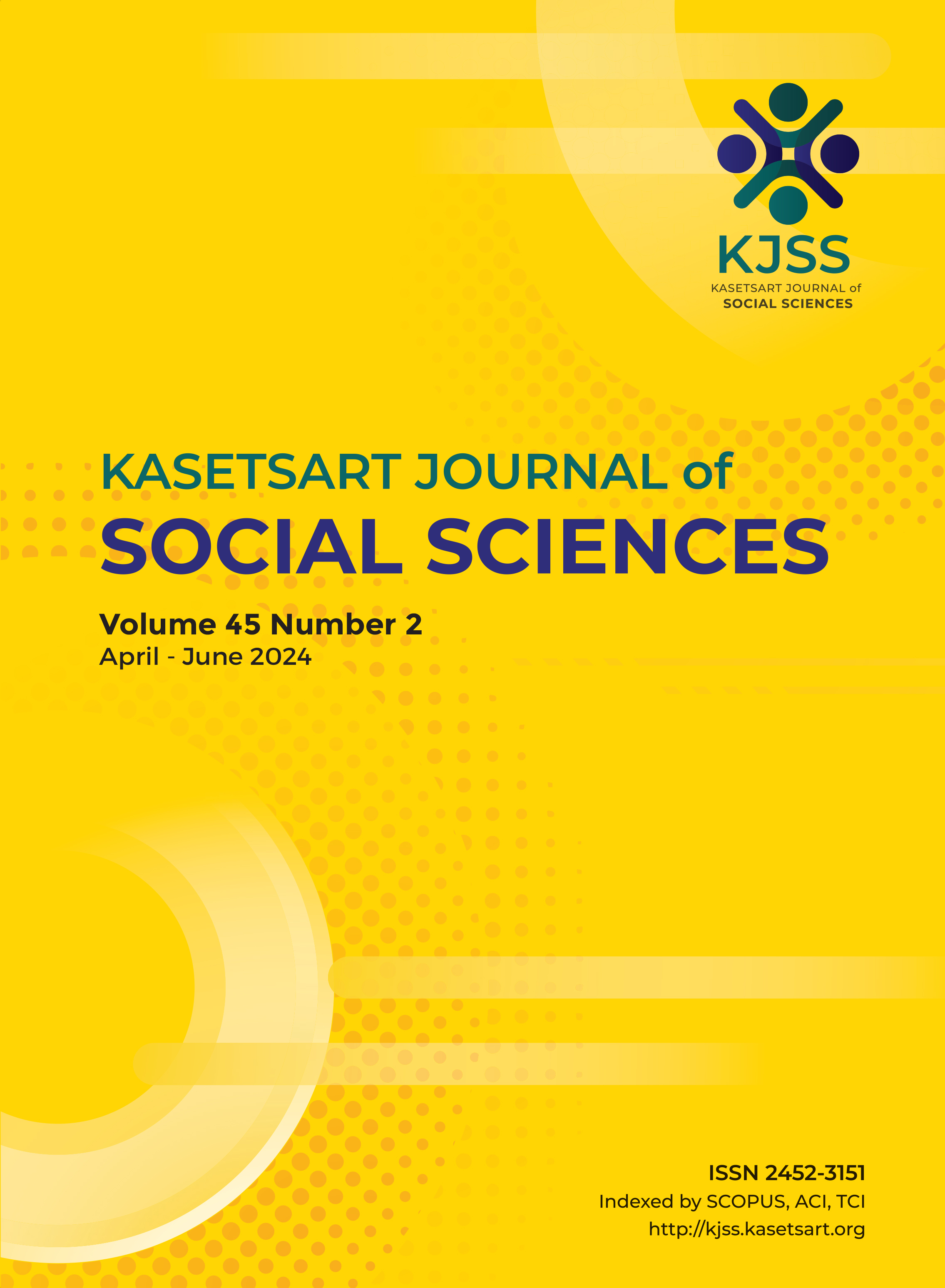The Dilemma of cultural commodification policy of barkcloth: A study of the Kaili Community in Pandere Village, Indonesia
Keywords:
barkcloth, cultural carnival, cultural commodification, indigenous community, traditional ceremoniesAbstract
In the modern era of rapid technological development, local cultural heritage is increasingly subjected to cultural commodification. This study explores the implications of cultural commodification on bark cloth making, focusing on the Kaili community. The main objective is to analyze the cultural commodification policy surrounding bark cloth making and its transformative effects on tourism. The qualitative research methods used were in-depth interviews, participatory observation, and document analysis with the Kaili community in Pandere Village, Sigi Regency, Central Sulawesi Province, Indonesia. The collected data were then analyzed using interactive analysis, which includes data condensation, data display, and conclusion drawing. The findings reveal that the Kaili community’s tradition of making bark cloth is preserved traditionally for everyday use and traditional ceremonies. The bark cloth possesses a wealth of forms, meanings, and decorations that are appealing to tourists. The Kaili community has promoted this tradition through museums, exhibitions, and cultural carnivals. Additionally, the Central Sulawesi Provincial Government actively promotes bark cloth by establishing the “Bark Cloth Tourism Village.” Packaging adjustments have been made to produce bark cloth to attract tourists. These findings demonstrate that the national policy framework enables a combination of considerations regarding the economic value and the tourism market. This research recommends that the government and the Kaili community ensure that cultural management and marketing practices involve active community participation, respect existing cultural values, and provide fair benefits to the community.
Downloads
Published
How to Cite
Issue
Section
License
Copyright (c) 2024 Kasetsart UniversityThis is an open access article under the CC BY-NC-ND license http://creativecommons.org/licenses/by-nc-nd/4.0/










